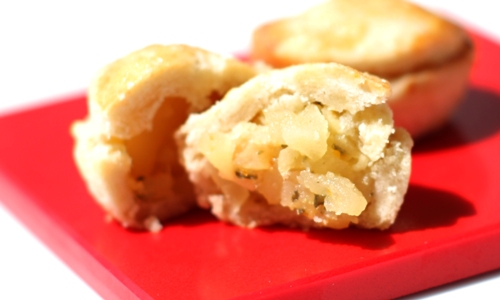

It is not necessary to sterilize jars beforehand if processing jars in a boiling water canner for 10 minutes of longer. Keep in mind: The pot must be large enough to fully surround and immerse the jars in water by 1 to 2 inches and allow for the water to boil rapidly with the lid on. Any large, deep stockpot equipped with a lid and a rack can double as a boiling water canner. You don’t necessarily need to purchase a boiling water bath canner if you don’t already have one. The pot is used for both sterilization of jars prior to filling and for boiling the jars once they are filled. Boiling water canning makes use of a large pot that’s tall enough to fully submerge canning jars by at least an inch of water. High-acid foods such as fruits, pickles, sauerkraut, jams, jellies, marmalades and fruit butters with a pH level of 4.6 or lower can be preserved by boiling water canning (low-acid foods, such as canned meats and fish, require a pressure cooker). Aim to use a mixture of about three-quarters ripe and one-quarter underripe fruit. Using a blend of apple is nice, so the flavor is more complex, but it's all personal preference.

Once the jelly is opened, store in the refrigerator for up to 1 month. Store the unopened jars of jelly at room temperature for up to 1 year. If the seal works and fits properly, the metal lid will be slightly concave within 24 hours of processing. Using tongs, transfer the jars to a towel to cool. Return the water to a boil and boil gently for 15 minutes. The water should cover the jars by at least 1 inch. Using tongs, place the jars on the rack in the canner. Clean the rims of the jars with a clean, damp towel and tightly secure the lids. (This will help contain any dribbles or spills and prevent the jars from directly touching the metal.) For each jar, insert a canning funnel and carefully ladle in the jelly, allowing at least 1/4 inch of headroom. Place six clean 1/2-pint jars (see Cook's Notes) on the prepared baking sheet. While the jelly is cooking, place the canning rack in the canner and fill the pot with water bring to a boil over high heat. When the jelly reaches the jelling point (220 degrees F), add the thyme leaves and stir to combine. If it crinkles when you run a finger through it and your finger leaves a clear line in the jelly, it's ready. Depending on your pot, stovetop, the apples and more, this could take 45 to 60 minutes. (If you don’t have a thermometer, you can also dribble a few drops of the jelly on a frozen plate. Cook until the mixture reaches the jelling point, 220 degrees F on an instant-read thermometer. Using a spoon, periodically skim the foam from the top and discard. Add the sugar, lemon juice and salt and stir to combine. Bring to a boil over high heat and cook, stirring frequently.

Make the jelly. Place the apple juice into a large pot. Set aside. Place several small plates in the freezer to use later to test the consistency of the jelly. Place a wire rack in a rimmed baking sheet or line it with a clean towel. Pour everything into a damp jelly bag and suspend the bag over a medium bowl overnight in the refrigerator to strain the juice. You should have about 4 cups juice. (The clearest jelly comes from juice that has dripped through a jelly bag without pressing or squeezing.) Reduce the heat to a simmer and cook until the apples are very soft, about 25 minutes. Add 4 cups water, cover and bring to boil over high heat. Cut the apples into 1-inch chunks and place in a large pot.


 0 kommentar(er)
0 kommentar(er)
